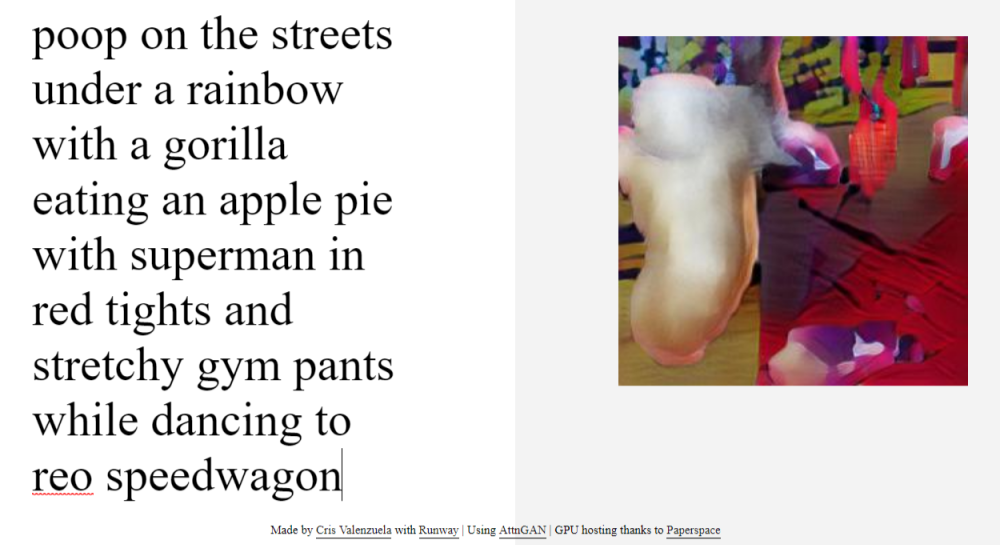… And have that realization that, hey, I could die out here! It’s kind of linked to the first time my life flashed before my eyes. I was on Catalina with my aunt and cousin’s church group. We went on a hike all the way up the coast one side of the island and by the time we had to turn and go back, we were all getting a bit thirsty.
We knew there was a small store just up the hill toward the center of the island, so we tried to climb up directly instead of walking all the way back on the rocky beach and then doubling back after going up the more gradual slope there. About halfway through the steep climb, the “hill” turned into cliffs, and everyone else gave up and started hoofing it back down the coast. As the last member of the group disappeared down the hill, I decided to push on by climbing the cliff.
About twenty-five feet up, the outcroppings started crumbling under my feet. Still I pressed on. I started losing grip strength from climbing for so long, and got stuck in an extended position with nowhere to advance for what seemed like hours… I was stuck there, sweating and wondering why I’d been so stupid and tried climbing by myself in the first place, and I wondered why everybody was so selfish and had not come back to look for me. I wondered what would happen if I fell from that height, pictured everyone being so sad for having left me… When I stopped feeling sorry for myself, I gathered my remaining strength and found a new way up (it still hadn’t occurred to adolescent me to go back down).
Finally, I got to the top of the cliff and a wave of relief physically passed over me. The long, thirsty grass covering the island was a welcome sight, and the slight breeze blowing over the tops cooled my face. I could see the dirt road to the general store just in front of me… Wouldn’t it feel great to get there first and to be sipping on a soda when the group arrived and everyone asked me how I got there so quickly!
And then I realized I couldn’t pull myself up over the top. I didn’t have the leverage, and there were no more footholds. The grass I was holding onto was pulling out of the crumbly ground, and throwing one leg over the top was an all-or-nothing proposition. In my mind, it always ended in nothing. I started to cramp up in the position I was holding, so I made one of those important life decisions, and decided to climb back down. It took just as long as climbing up, and I thought I would fall many times. Getting back down safely, though, felt hardly as good as getting to the top had felt. No breeze on my face. No imagined bragging rights.
When I walked all the back down the coast, up the more gradual slope there, and all the way back to the general store, everybody asked where the hell I’d been and why it had taken me so long to get there. They looked happy sipping on their Cokes and laughed at my dirtied up clothes. Nobody believed that I’d climbed the cliffs to the top or that I’d been in danger. I totally understood why – I wouldn’t have believed a story like that, either.








